Intel NUC 13 Pro NUC13ANKi7 Power Consumption and Noise
The power supply for the unit is a 120W Delta unit. That is perhaps the least interesting aspect. Instead, we saw something very different with the power consumption and noise of this unit.
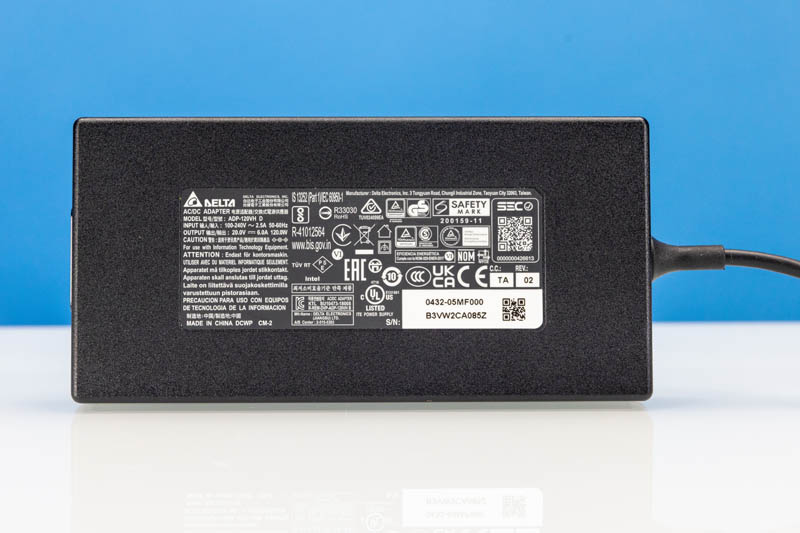
At idle, we saw Windows 11 desktop at 4.5-8W depending on which background processes Windows decided to kick off. One can tune this, but we wanted to share the out-of-box experience on the NUC with Windows. At this point, the NUC was virtually silent.
Under load, we got a period of time at a 90-94W peak, then we dropped to a lower steady state in the 59-63W range. During both of these periods, the fan was very noticeable. You can see and hear this in the video.
Key Lessons Learned
On a generational basis, the Intel Core i7-1260P NUC to Intel Core i7-1360P jump was notable in performance, but it is unlikely to be one that we would advise upgrading immediately for the new generation. Day-to-day usage is very similar.
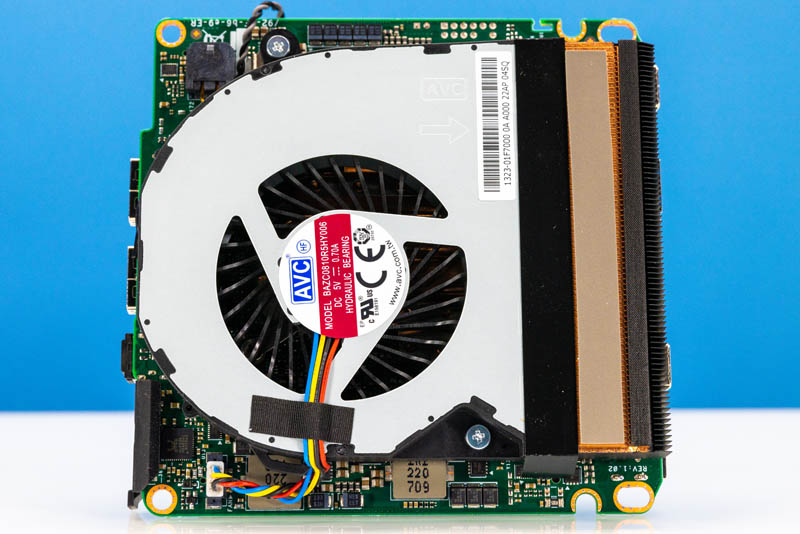
Perhaps the biggest finding was from the comparison to the ASRock Industrial NUCS BOX with the same processor. The different power tuning between the two meant that the Intel NUC was faster, but it also used more power.
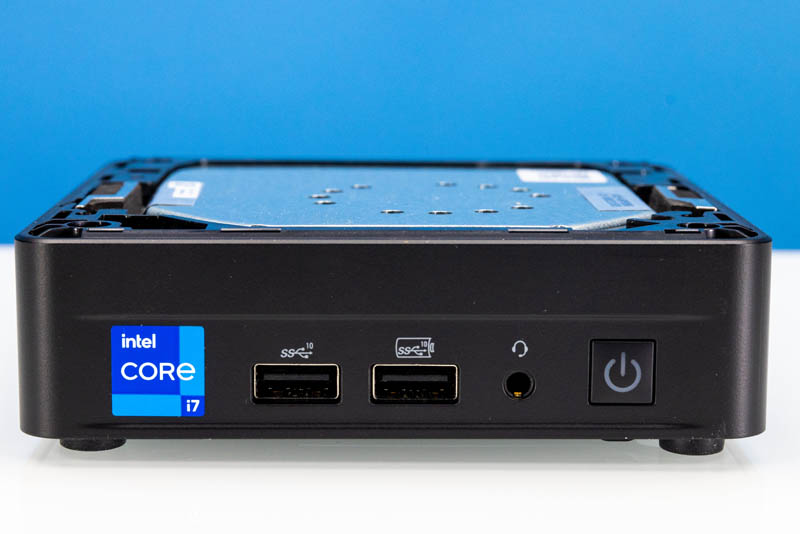
Beyond just the power consumption differences, there was a large gap in the fit and finish of the Intel NUC versus the ASRock alternative. Frankly, if we compare this to some of the Mini PCs we review, like the UM690, we could say the same.
Final Words
Aside from the Intel Core i7-1360P, the standout feature of this system is likely the dual USB4/ Thunderbolt 4 port setup. Whenever we look at a mini PC or a Project TinyMiniMicro node, we get questions about Thunderbolt. Here is the solution. Bryan is working on showing what some of these Thunderbolt ports can do, and it is impressive for those that go down that path.
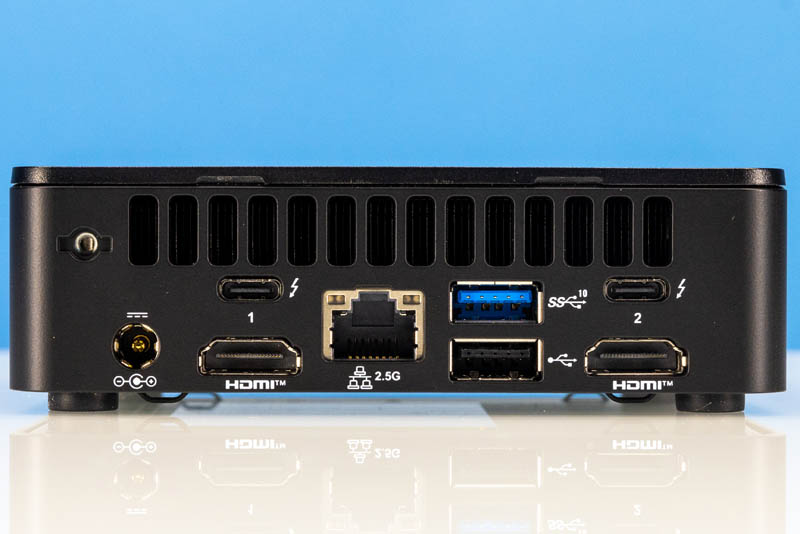
Perhaps the biggest area the NUC 13 Pro excels is the small things. Ports are clearly labeled, which is something even companies like HP fail at. Inside the M.2 slots and SODIMM slots are labeled with what they are. There is a cooling solution for the SSDs. Even the screws on the bottom of the chassis are captive and do not fall out when servicing. These are all small details, but using this system and a competitor side-by-side, they become readily apparent.
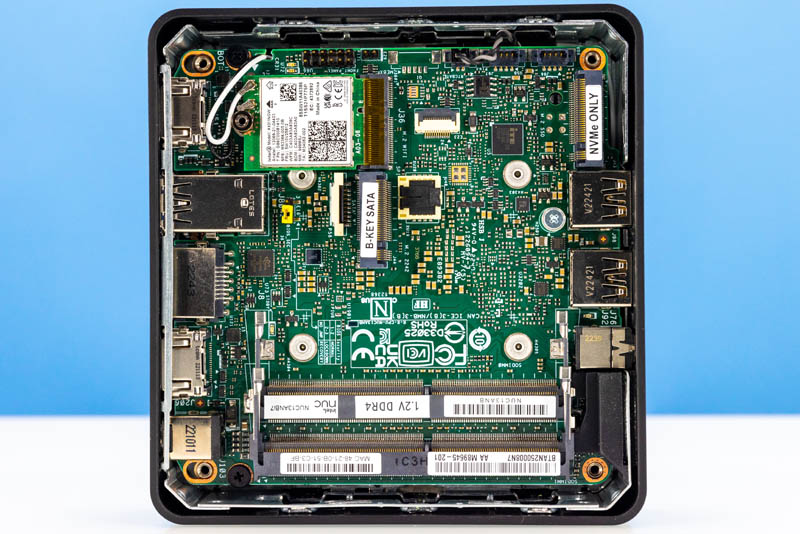
Overall, we were a bit jaded going into this review since we just reviewed the previous generation Intel NUC 12 Pro Wall Street Canyon. At the same time, we had the opportunity to test it against the previous generation and 3rd party competition and see real differences. There is always something fun about small NUC PCs, and this is no exception.




How do you rate the fact that DDR4 is installed instead of DDR5? Especially since DDR5 is a huge step forward.
To Ignorant Consumer
DDR4 is more than adequate for the use cases this machine is built for. That being said – I also would have preferred DDR5 SODIMMs – With both the NUC12 and NUC13 coming out so close to each other I would have hoped the 13 would have had DDR5. Most of my deployed (100+) NUCs are all NUC11 Pro (1185G7/vPro) – and memory (same DDR4 3200) is not a bottleneck.
Thunderbolt on the PC is still trying to catch on. I use the Tiger Lake NUC11 Pro as desktop PCs – over 100 deployed – and use TB to connect a Sonnet TB3 to SFP+ – and is faster than both the Intel 10Gb/s and the Mellanox 10Gb/s NICs. The logs for the switch (SN4700) and the PC logs never once show a disconnection – which USB liked to do with NICs.
Where to buy? No info on STH YouTube video. There’s a mention but no linkage. Google search was not productive. Usually Its easy to find stuff. Not in this case. Sorry if I just missed something.
I would like to have an easy way to find out what NUC comes with vPro Advanced (iKVM), as it currently is very difficult.
@casper all of the “v” SKUs are vPro Enterprise eligible, which includes iKVM.
On page 1 you go over the ports on the back but don’t tell us what the USB-C port are. Can you add that?
“The rear of the unit has the most exciting set of ports. There is a DC power input. Then there are two HDMI 2.0b ports. In the middle, we get an Intel i226 LAN port.
USB is more exciting. We get two Type-A ports, one is USB 2.0 the other is USB 3.2 Gen2 (10Gbps.)”
Also, you never mention that the LAN port is 2.5Gb? I found that on another site’s review. There are a lot of omissions in this article.
On page 3 you discuss the NUC as if you’re comparing to another unit but you don’t give us the results for the other unit.
Look at how power consumption is discussed: “Beyond just the power consumption differences, there was a large gap in the fit and finish of the Intel NUC versus the ASRock alternative.”
But you don’t give us a link to the ASRock unit or tell us how the ASRock unit performed. Can you add that info to this article?
@Jeffrey W. Baker, thank you. Just what I needed.
Hi,does it fit Samsung 980 PRO 1 TB Heatsink?The built-in coolers NUC 13 Pro Arena Canyon of NVMe ,don’t they get in the way? Thanks!
@Georgi Nothing with a heatsink would fit in this case. You would either need to remove the cooler from the SSD or use the taller “H” version of this NUC where you can remove the internal heat bracket, leaving plenty of airspace. But I think the former is a better plan.
On page 1, where you describe the ports at the rear, you fail to mention the two TB4 ports.
Do the two TB4 ports share 40Gbps bandwidth, or do they each have 40Gbps bandwidth available individualy?
Can I add a second mini NVME SSD to the Intel NUC 13 Pro?